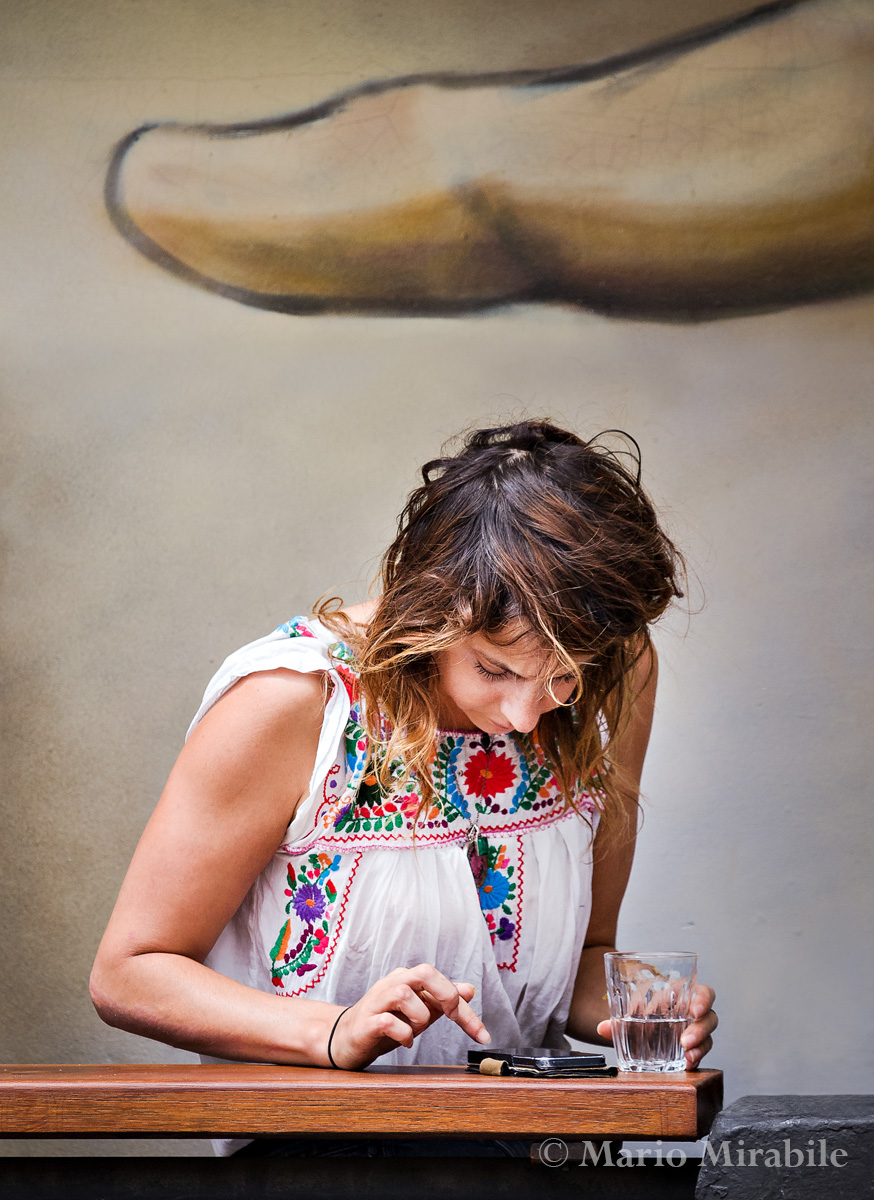Gardens can be productive places. In the right hands, they can bountifully supply food, flowers and leisure. If you keep your eyes open, they can also bring forth a rich photographic harvest. The suburbs are not as richly endowed as the country, but there are some gems if you have the patience to look for them. Flowers are the obvious and easy target - they don't run or fly away and keep quite still as long as the wind isn't blowing. But getting good shots of the creatures which inhabit our gardens is more of a challenge, and ultimately more satisfying when you succeed.
This praying mantis had just finished laying her eggs and was catching her breath on a garden ornament. Even though her exertions had slowed her down, she still wasn't overly interested in posing and kept turning her back on me. What she hadn't bargained on was that her resting place could easily be rotated on its spike. as she wandered off, I just kept turning her perch into a good position for me. Eventually she tired of the game, and took off to find somewhere more peaceful, no doubt muttering curses about paparazzi .
Tech Talk
Shooting insects in the wild (even a not-so-wild garden) isn't always easy. Part of the problem is that you usually have to get pretty close and risk spooking the subject. Also, if you want to avoid flash, you'll invariably end up with slow shutter speeds at the apertures required for this type of work. Usually that means a tripod and some sort of off camera shutter release, all of which slows you down. It therefore helps to have something to slow your subject down. Extreme cold is always good value (often bringing with it the bonus of frost or dew), but I don't think I've ever had assistance from the rigours of childbirth - or at least the entomological equivalent of it.
Olympus E5, Zuiko Digital 50mm macro, tripod, cable release.






































